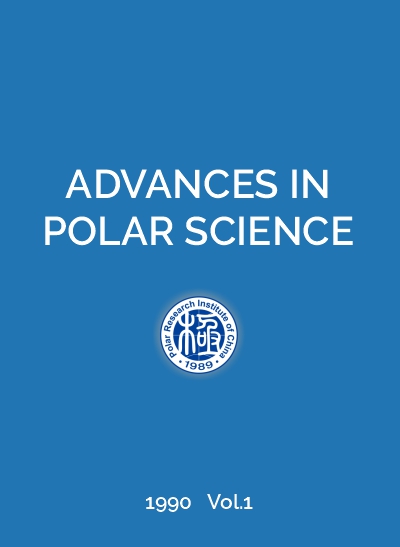Publication: Advances in Polar Science (APS). Antarctic Research, Vol. 1, No. 1, 1~7, December 1990
To download the publication please click on the download link at the bottom of the page
Author: Zhang Qingsong
CNARC member: Polar Research Institute of China (PRIC)
Abstract: Available data show that the of fossil plants testified that the Antarctica was a rather warm or even hot and humid region covered with forest from Devonian to Cretaceous periods. Furthermore even Antarctica coasts still kept in a warm and humid condition until early Tertiary of 37 Ma ago. It therefore can be considered that the Antarctica was not situated at its present position, but in a tropic or temperate zone before the Tertiary.
Antarctica ice sheet has begun to appear in the Pligocene of 26Ma ago. It was very much earlier than the glaciations in everywhere of the world. For the reasons a most important event was the separating of Antarctica Peninsula from South America in 35Ma ago. Drake Passage therefore occurred and Antarctic circulation appeared, and then Antarctic continent became an isolated cold land.
Glacial changes have happened on the Antarctic ice sheet from late Tertiary to Quaternary periods. However, it has been confirmed that the Antarctic ice sheet has a great extension during the latest Pleistocene glaciation of 25000-10000a B.P. About 18000a ago, the Antarctic ice sheet was 450-1000 m, thicker and much larger than that at present. By that time the ice sheet grounded on the continental shelves. Sea level might be 100-150 m or more lower than present sea level. Sea ice covered areas in winter and in summer were 10 and 2 times respectively than that today. (to read more please go to the download link)


